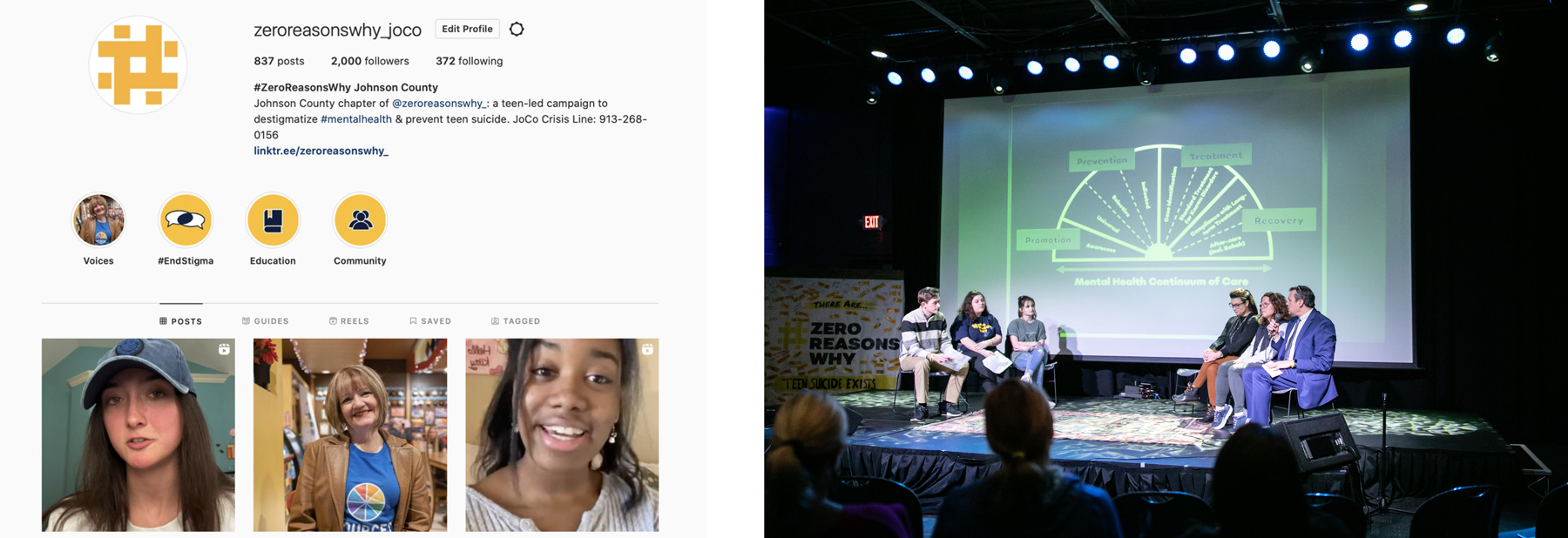Our process with clients involves three main components to get ideas adopted: strategic story, experience design and creative multimedia production. In this post, we’re going to dive into the concept of experience design – what it is, how it’s designed and why it matters.
What is experience design?
Experiences can be designed and delivered in a variety of formats, from digital experiences such as social media campaigns to in-person experiences such as corporate meetings or incentive travel campaigns. With any experience, the goal is to create a unique experience that is grounded in one central strategic story to allow the intended audience to feel it. Before an audience will engage, they must understand the purpose. Does it make sense? Is it doable? Does it feel right? If it doesn’t feel right, they will not become part of the story themselves. However, through a well-designed experience, the audience should see themselves in the shared story, knowing what part they play as a mission-critical character.
What kind of experience makes sense?
The story usually dictates the type of experience needed to best deliver the story. For example, a story to help change and influence a widespread social issue is likely best communicated through a social media campaign, where many people can interact with the story all at once despite geography or demographic differences. That kind of story is large, public, and affects the general population, so the experience needs to reflect those same attributes.
However, a story related to an organization’s internal strategy or vision for the future that only applies to employees is not a public social media message, instead it is an in-person or virtual company event thoughtfully designed to spark excitement around the company’s vision and future. Or, perhaps the story is for an even smaller group of people, such as top performers, who can be recognized and re-energized through incentive travel experiences.
Truly, the sky is the limit with what kind of experiences can be designed for the story you want to tell. Our team’s unique approach and varied expertise allows us to engage thoughtfully in the design of both in-person and digitally-delivered experiences to bring a story to life.

One story = one experience?
An experience could be a one-time event, but most likely, the story is reinforced and evolves over time as the audience begins to adopt the idea. You’ve probably heard of the “Rule of Seven,” the concept that someone must see or hear a message at least seven times before it “sticks” and is remembered. We believe that story enables messages to stick – be understood – faster and remembered longer because they connect to what someone already knows. The philosopher and educator, John Dewey, referred to this process as “hooking” – ideas that can hook to what someone already knows form the essence of what he termed the educative experience.
Combining story with the Rule of Seven allows ideas to be understood, easily shared and to more rapidly spread. For example: creating a multimedia campaign to reach various audiences who care about a cause. Or, an internal campaign to train employees on new initiatives or technology. Story can also move strategy through a large convention by designing many individual experiences that ladder up to one larger strategic story, with speakers, activities, social events and networking sessions all contributing to a compelling, cohesive and intentional attendee experience.
Why design the experience?
The experience is the means through which a strategic story emotionally connects and moves the audience to act. A well-told story results in action – launching strategies, propelling movements or shifting perceptions. Overflow wants to help you get your ideas adopted through story, and experience design is the thoughtful plan that helps others see themselves in your story.
